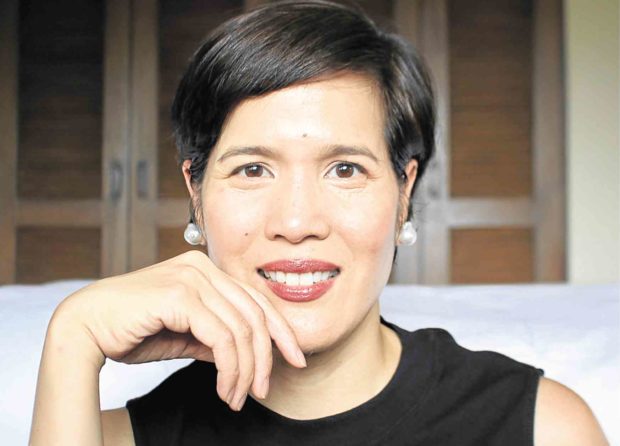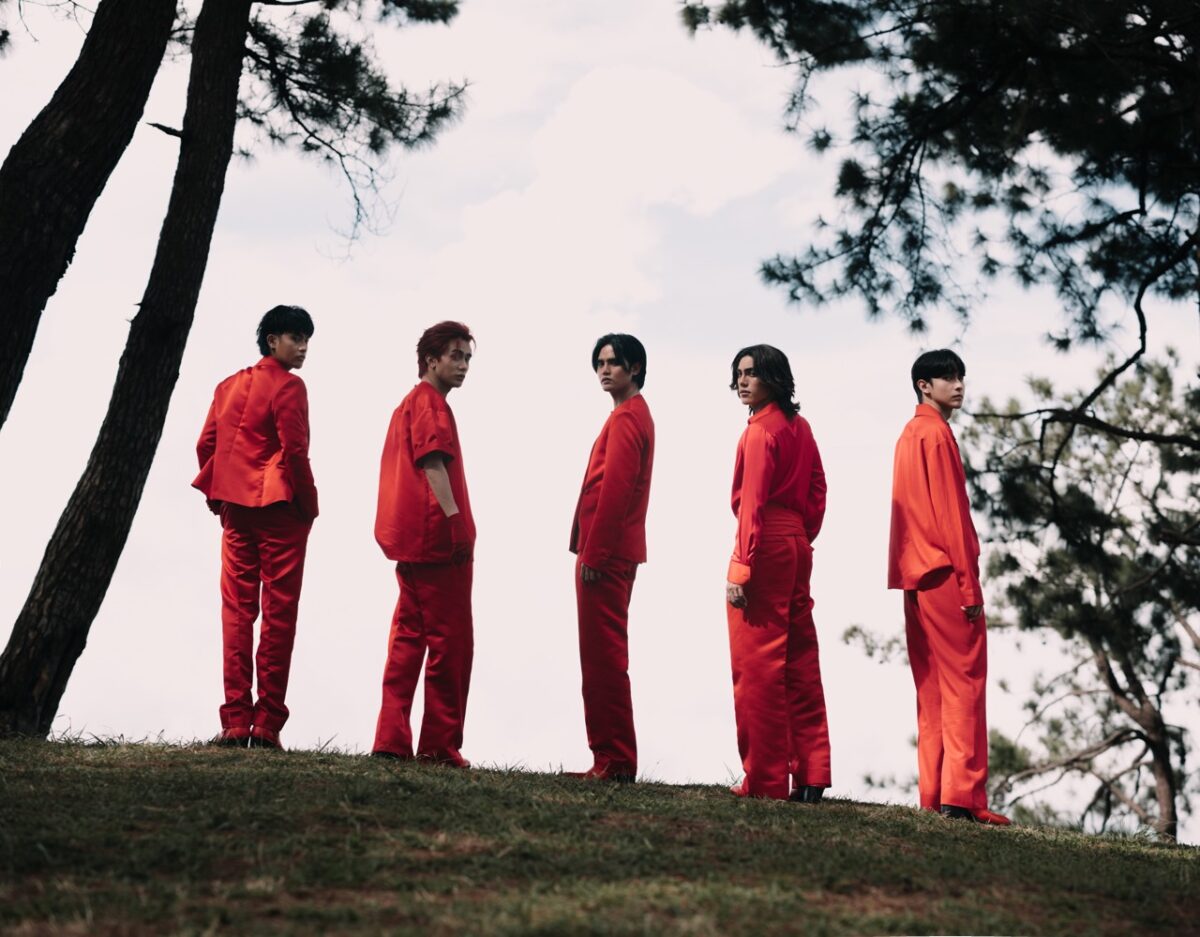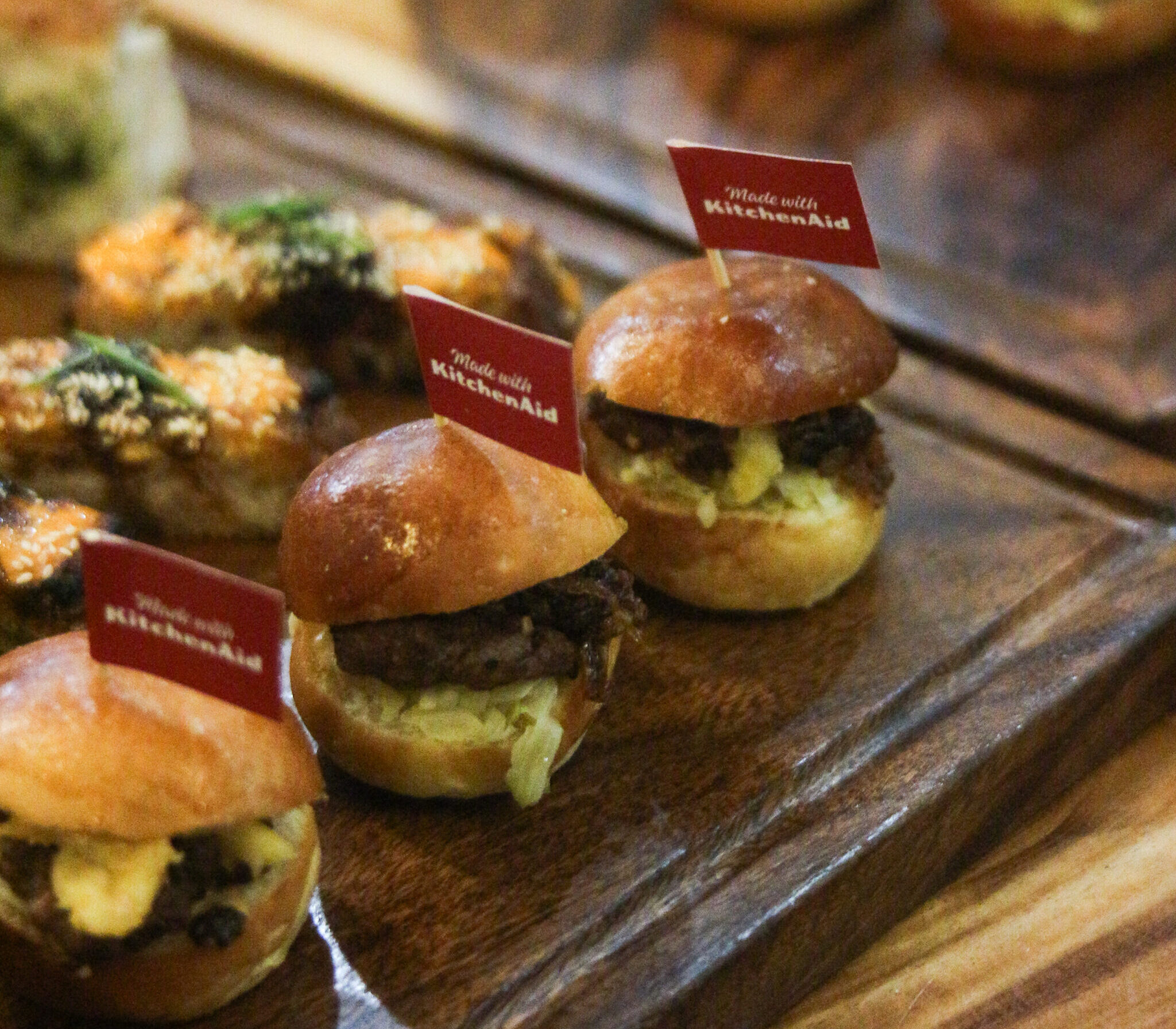
At the turn of the millennium, fashion retailer Ana Buenaventura appeared on society pages, handled premium brands and worked the social set. Yet, she had this burning curiosity about the people behind the fashion—not in the gloss.
At midlife, she made a pivot to clinical psychology and now has a private practice in Washington, D.C.
The range of her cases is wide—from adolescents to older adults with mood disorders, depression and anxiety. Many cases consist of trauma, abuse, grief, loss, life transitions, stress management and understanding the mind-body connection.
From art to psyche
Her career transitions were slow and deliberate.
After graduating with an art history degree from Smith College in 1990, she landed a job at the Metropolitan Museum of New York, working on funding special exhibitions.
She returned to the Philippines to work at the Metropolitan Museum of Manila but couldn’t find a post that matched her experience in New York.
“The closest that was connected to art was fashion,” she said.
In the ’90s, Buenaventura became operations and retail manager of a store in Manila that sold high-end brands such as Armani, Prada, DKNY and Manolo Blahnik.
The shift from fashion to psychology came naturally. Although she loved fashion for its aesthetics, she was more interested in how clothing was as an expression of the self.
Meanwhile, she also started helping young people apply for college. “It’s a moment of reckoning for most families. I found myself interested in the story of the person.”
In 2006, she went to pursue a graduate degree in clinical counseling at Johns Hopkins University and did career counseling as her internship.
Six years later, she received a doctorate in psychology.
Aside from being a licensed psychologist in three states—Washington, D.C., Maryland and Virginia—she is also a professor and director of clinical training at the Institute for Psychological Sciences in Virginia.
“I’m fascinated by human behavior. I have a great appreciation for the struggles and the possibilities of the human,” she said.
In school, she sees the connection between academic performance and success in mental health care and self-esteem growth.
“Much of our validation and how we see ourselves as children comes from school—grades, evaluation, peer relationships. How can you support so that young people can be the best version of themselves? Adolescence and early adulthood can be potentially tumultuous. What’s nice about this population is that it’s also a time for possibilities. People are formed, but not fully formed. They are still open to who they can be,” said Buenaventura.
Lately she has been working with mature clients. She observed that they had dedicated their lives to other people, such as their children, at the expense of their personal growth.
“That part of you is thinking about how you can flourish? When you’re refocusing on yourself—which hasn’t been done in a long time—it can be difficult. At that age, you are reflective. You’re looking back on your life and trying to make deliberate choices. You’re saying, ‘How do I want to live my life now?’”
Vulnerabilities
On dealing with the loss of a loved one, Buenaventura advises clients that it is acceptable to acknowledge their own grief.
“Sometimes, it’s hard for people to feel sad. They don’t want to be a burden to others, or there are other reasons. You have to grieve that loss. You have to allow yourself to be sad, but not get completely stuck in there. Grief varies according to different people. My job is to understand the person’s experience and work with that. People have a hard time tolerating the range of feelings. For me, it’s just a feeling. It’s what you choose to do with it that matters,” she explained.
People tend to succumb to social pressures by putting up a front of feeling successful or in charge of their lives while hiding their vulnerabilities.
“When there’s a gap between people’s internal experience and the image they project, the emotional weight grows exponentially. It would help to examine if the social expectations they perceive are accurate. But it’s often hard for them to open up because they feel frightened and ashamed. They get stuck in a downward emotional spiral,” she said.
Cases get challenging when clients have a disorder, a medical condition or a personality pathology—under the influence of negative thoughts or behavior that affects their adaptability in life.
During her sessions, she tries to understand the client’s story—what one is experiencing and family background which helps to put things in perspective.
“I’m helping other people who feel stuck. I’m treating an illness but I’m also going along in the journey with that person,” said Buenaventura.
She likened her job to an editor who helps the clients look at their story and asks them how to express more clearly.
Sweet spot
Looking younger than her age at 51, Buenaventura described her phase as interesting. She has accumulated expertise, yet she is still learning. A student at heart, she is taking up psychoanalytic studies which focus on uncovering repressed emotions and discovering unconscious thoughts and motivations.
She will also embark on an infant observation program which observes how the relationship between the mother and infant affects child development.
Buenaventura added that she’s also learning about third wave cognitive behavioral treatment (CBT). It focuses on building personal coping strategies to solve existing problems by changing unconstructive thoughts, beliefs and attitudes.
“It’s a treatment that addresses people who are overwhelmed by intense emotions and teaches them how to be mindful, regulate their emotions, be interpersonally effective, and manage the stress,” she explained.
She described her life to be in a sweet spot. Although she studies and works all day with clients, she finds time to chill. She visits museums and the Smithsonian Institute and does Soul Cycle and Pure Barre workouts.
“When life gets too busy, spend time doing things that give you joy. That’s self-care.”
The term “self-care” has been growing in popularity as more people are realizing that paying attention to one’s needs promotes well-being.
“You can be more effective in dealing with things if you’re resilient. For this, you need emotional, physical, mental and spiritual reserves that you have to keep working on every day.
“Self-care is so important. Our bodies house our intellect and our emotions that have to be supple and strong in order to manage pressure and chaos. When we tend to them, we can rely on them as a resource. We begin to trust the messages we get from them about our environment. Then we can make choices that honor ourselves and other people.”
With her patients, Buenaventura focuses on self-care as a way to recovery. “If we want to learn a skill like a new sport, we get a coach to do that. But we don’t think about that in our lives. Do I have the tools to deal with my emotions? Do I understand why there are certain patterns in my life?
“I’m always thinking about what’s the toolbox—what can we build for people that will allow them to feel good about themselves and to feel productive. Thus, they can fully and authentically express who they are.” —CONTRIBUTED











































